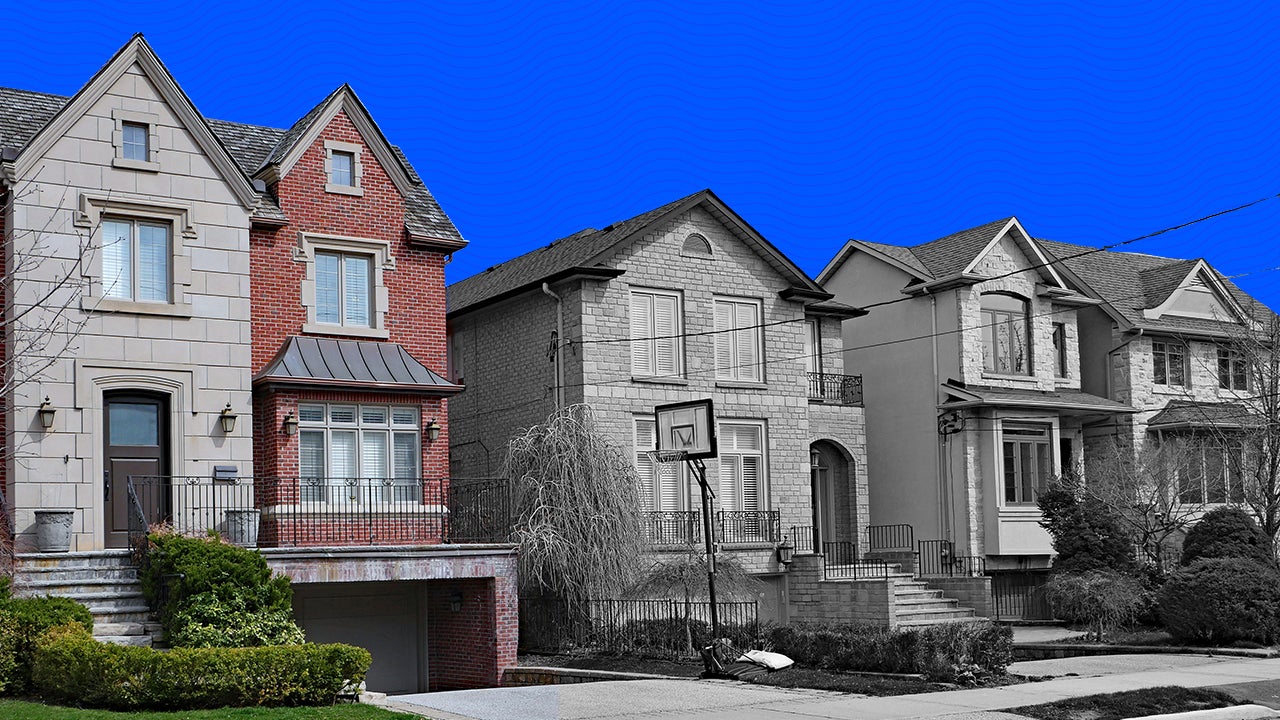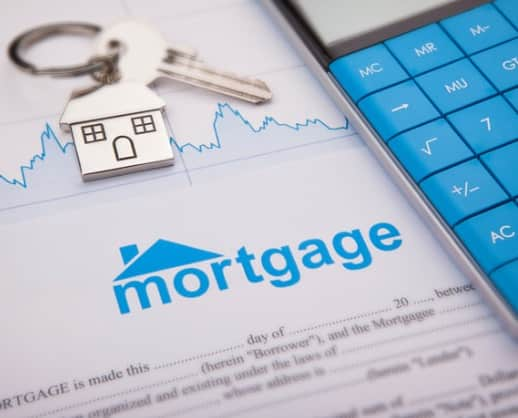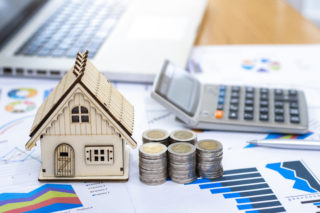
A down payment for a mortgage will lower the amount that your lender must loan you to buy your home. A 20% down payment, for example, will lower the amount of money the lender has to worry about getting back if you stop paying. It is important to note that the down payment requirement is not set by the lender alone. It is also set and determined by the investor, who will be financing the loan.
Savings for down payment
A key step in purchasing a house is saving for the down payment. This process is similar running a marathon. While building up your savings, one dollar at a while, it is crucial to ensure that your finances are in order. A budget can help you set a goal and then divert money to pay down the down payment.
Re-selling your items at home is one way to save some money on your down payment. You can do this through local consignment shops, online marketplaces and local pawn shops. You can also sell your items at a yard sales to raise money for your downpayment. Include your partner's income.
Documentation is required
To be eligible for a mortgage, you will need to have the right documentation. The lender will need to verify your source of down payment funds. It doesn't matter if the check is from any country, proof of funds source is essential. Most lenders require a downpayment to close a loan.

Most mortgage lenders will request your last two tax returns. Most lenders will need to see the most recent tax returns from both federal and state. Additional income documentation may be required.
Average down payment
This year has seen historic mortgage rates fall to record lows. This is fueling a vibrant housing market. But what does an average down payment look like? It all depends on where you live. The average down payment on a California mortgage was more than $100k in June 2021. In a few other states, it was less than $10k. Your home's equity will grow more if your downpayment is higher than your mortgage loan.
Some lenders require a 20% down payment. However, many people prefer to pay a smaller amount. You can get closer to your goal with a lower down payment. Before choosing a down payment amount, consider the pros and cons of each option.
Save on PMI
PMI is a way to save money on your mortgage but it comes with a cost. PMI costs anywhere from 0.3 to 1.5% of the loan amount. This additional fee can be paid at closing, or added to your monthly repayment. The cost of this fee varies depending on which mortgage you have.
It is possible to save money on PMI by paying upfront. This reduces your monthly payment, but it also involves a higher annual expense that may not be refundable if you move. Another option is to make partial payments each month and save on monthly premiums. This is especially useful if you are trying to save money early in the year, or if you don't have much down payment.

Loan-to-value ratio impact of down payment
Down payments for mortgages have a huge impact on the loan-to-value ratio (LTV). A larger down payment will translate into a lower LTV. This is because a lower LTV ratio will result in more equity. If you have a smaller down payment, you may be able to increase it to reduce your mortgage.
A loan with 80% LTV is available if your down payment exceeds 10% of the total cost. This will lower the risk of default as well as your monthly payments. Bankrate's mortgage calculator can help you figure how much you need to place down on your mortgage.
FAQ
How much does it take to replace windows?
Windows replacement can be as expensive as $1,500-$3,000 each. The exact size, style, brand, and cost of all windows replacement will vary depending on what you choose.
Should I use an mortgage broker?
A mortgage broker can help you find a rate that is competitive if it is important to you. Brokers have relationships with many lenders and can negotiate for your benefit. Some brokers do take a commission from lenders. Before you sign up, be sure to review all fees associated.
What is reverse mortgage?
A reverse mortgage is a way to borrow money from your home without having to put any equity into the property. It allows you access to your home equity and allow you to live there while drawing down money. There are two types of reverse mortgages: the government-insured FHA and the conventional. With a conventional reverse mortgage, you must repay the amount borrowed plus an origination fee. FHA insurance will cover the repayment.
Statistics
- Private mortgage insurance may be required for conventional loans when the borrower puts less than 20% down.4 FHA loans are mortgage loans issued by private lenders and backed by the federal government. (investopedia.com)
- This means that all of your housing-related expenses each month do not exceed 43% of your monthly income. (fortunebuilders.com)
- Some experts hypothesize that rates will hit five percent by the second half of 2018, but there has been no official confirmation one way or the other. (fortunebuilders.com)
- Based on your credit scores and other financial details, your lender offers you a 3.5% interest rate on loan. (investopedia.com)
- This seems to be a more popular trend as the U.S. Census Bureau reports the homeownership rate was around 65% last year. (fortunebuilders.com)
External Links
How To
How to become a broker of real estate
The first step in becoming a real estate agent is to attend an introductory course where you learn everything there is to know about the industry.
The next step is to pass a qualifying examination that tests your knowledge. This involves studying for at least 2 hours per day over a period of 3 months.
Once you have passed the initial exam, you will be ready for the final. You must score at least 80% in order to qualify as a real estate agent.
Once you have passed these tests, you are qualified to become a real estate agent.